At home with water efficiency
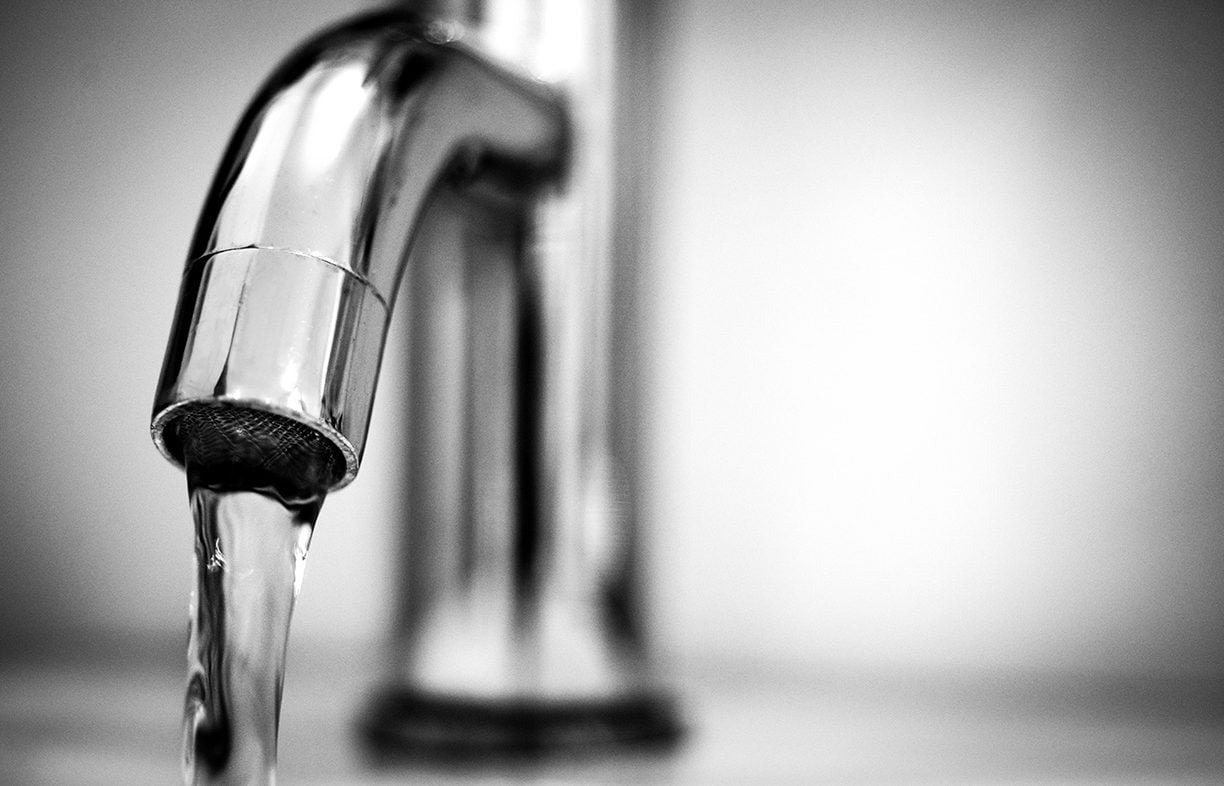
Eva Matthews looks at the gadgets, habits and tools that can help you make the most of our precious H2O.
The water account for 2013–14 from the Australian Bureau of Statistics reveals some useful facts about our water use at home. Household water consumption for the year totalled 1872 GL—equivalent to just under four Sydney Harbours. And the Sydney Harbour analogy is particularly relevant, as NSW was the highest-using of the states and territories by almost double that of the next-highest, partly because of its larger population. Per capita usage was highest in WA (361 kL) and NT (416 kL) per person per day; Victoria was the lowest at 175 kL and NSW, ACT, SA, Tasmania and Queensland were all in the range 200 to 220 kL.
In the same time period, this water use cost households around $5 billion, and prices are rising (up around 25% on the previous year in NSW and Vic). And then there’s the fact that, despite Australia’s average rainfall being well below the global average and likely to remain so, we are the greatest per capita consumers of water, not even including the water embodied in the production of the food and products we consume. These stats make it pretty obvious that we are not, as a nation, living sustainably or smartly enough when it comes to this precious natural resource.
So what can we do to improve this situation? Primarily, use less water and make the most of the water we have! There are also national and state/territory-based rebates and incentive schemes (such as showerhead swaps, rainwater tank and greywater system rebates, appliance upgrades, toilet replacement and leak fixing services) to help people become better water savers. Check out www.yourenergysavings.gov.au/rebates for basic info and useful links.
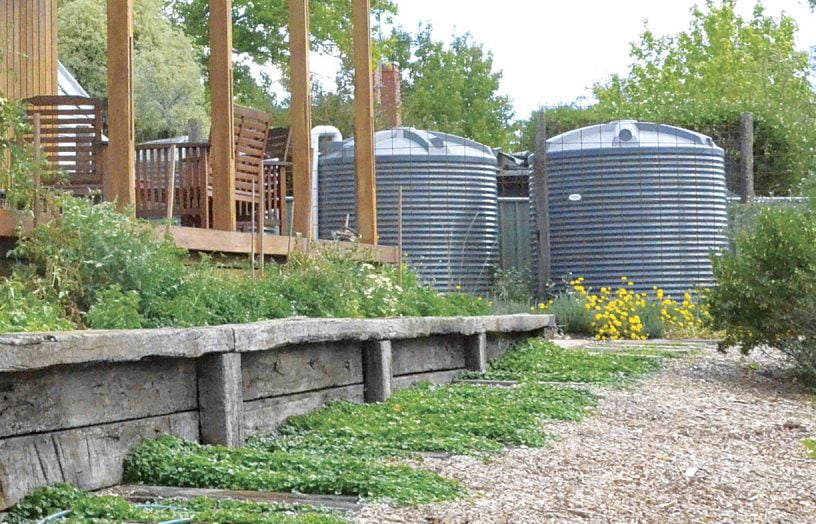
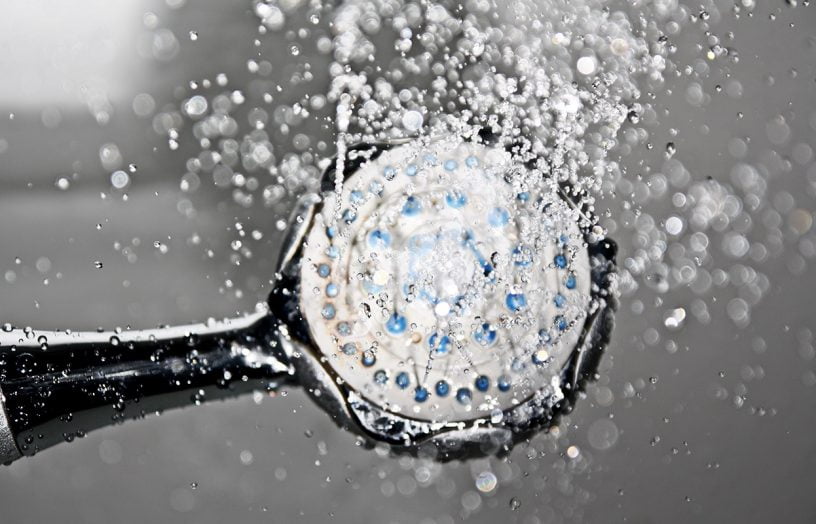
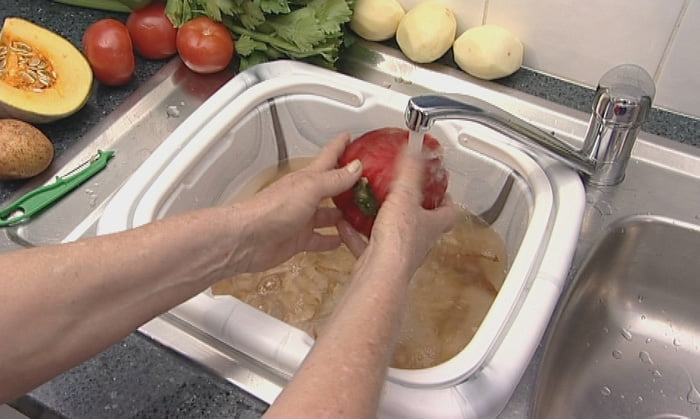
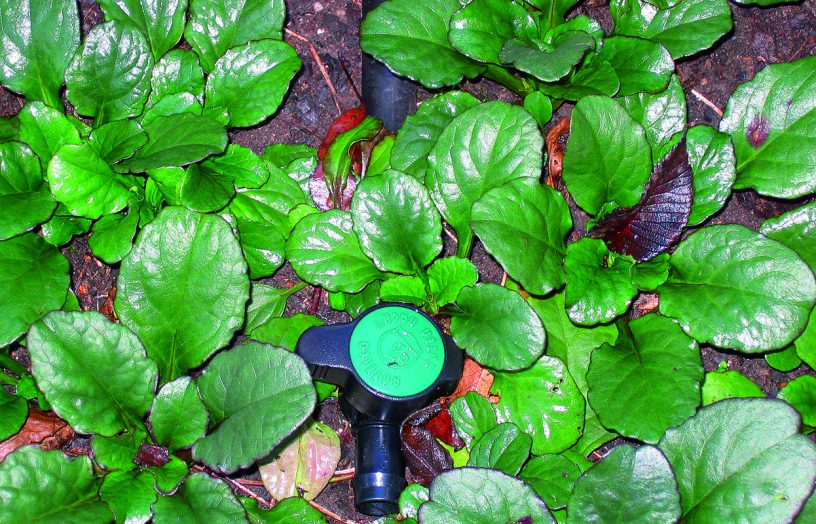
How can you save water in the home?
Appliances
The Australian Water Efficiency Labelling and Standards (WELS) scheme requires products such as showerheads, toilets, washing machines, dishwashers, taps and flow controllers to be rated and labelled for their water efficiency. The Star rating system (up to 6 Stars, more stars means more water efficient) and data on actual water consumption will help you make the most water-efficient choice for your budget.
Leaks
Dripping taps and leaking toilets and pipes are the ‘stealthy saboteurs’ that can undermine your other water-saving measures.
A slight leak in your toilet can waste more than 4000 L/year; a more significant leak, up to 96,000 L. A significant leak will be fairly obvious, but you can check for a smaller leak by placing a few drops of food colouring in the cistern; if the dye comes through into the bowl within 15 minutes of flushing, you have a leak.
A tap dripping once per second wastes around 7000 L/year (that’s 7 m3!). Leaking pipes are harder to detect, but the losses here could be enormous. You may be alerted to a problem if you notice your water bills increase significantly (or, if you’re on tank water, your supply dwindling more rapidly than normal). Alternatively, you could install an Australian invention called the Aqua Trip Leak Detection System (from $139 plus plumber installation costs, www.aquatrip.com.au), which is able to differentiate between normal water use and a plumbing problem, and can switch off the water supply before it becomes a big problem.
The key to water saving here, of course, is to fix the problem—be it in the tap, the toilet or the pipes—as soon as it’s detected.
Bathroom
The shower is the biggest water guzzler in the home, accounting for around 34% of indoor water use, on average. There are a couple of simple things you can do. Replacing an old inefficient showerhead with an efficient one (3 Star, using 6–7 L/min) will mean you use about 40% less water (there are programs available in many states to provide free or low-cost replacements; see www.yourenergysavings.gov.au/rebates).
Take shorter showers (set a timer!) and, possibly, fewer showers—the benefit of fitting a waterwise showerhead is reduced if you don’t. As well as conserving water, more- efficient showers can save on energy bills as less water needs to be heated.
You could also go one step further and retrofit an award-winning Australian invention called The Every Drop Shower Saver. This could reduce your water use in the shower by up to 50%. A flick of a paddle quickly switches the water flow off while soaping or shaving; another flick returns the water at the same temperature and flow rate. (Note: this gadget may not be suitable for instantaneous gas hot water services as it can take a few seconds to restart heating after the water has turned off, which may lead to cooler water coming through at first.)
By installing low-flow taps or tap aerators, you can reduce your tap water use in the bathroom from 18 L/min to just 2 L/minute. Again, behaviours can maximise the benefits here—for example, don’t leave water running for longer than you need to wash your hands or clean the basin, and turn it off while brushing your teeth.
Toilet
The toilet is the second-biggest user of water inside the home (around 26%). Older single-flush toilets use around 12 L/flush. Replacing these with water efficient dual-flush cisterns (another Australian invention) will save around 60% of this water—of course this means you’ll need to be using the half-flush as often as possible. If you’re not able to replace your toilet, you could have a plumber reduce the flush volume of your cistern, or you could place a water displacement device into the tank. You can purchase these, or you could simply use a two-litre bottle filled with water.
You could go one step further and install a low-water or waterless toilet. This will make water use in the toilet negligible or non-existent, and has other environmental benefits besides.
Laundry
The laundry is also a high water-use area of the home (23%), so wait until you have a full load of washing before turning the machine on, and/or adjust the water level to match the load size. Use any ‘eco’ functions your washer offers. If you have an old washer, consider replacing it with a minimum 3.5 Star WELS-rated model, and note that front-loading washers are more water-efficient than top-loaders in general. Although a combination washer/dryer might be space-saving, the condenser technology it uses means that quite a bit of water is used in the drying process, so, before purchasing one of these, check the WELS rating and water-use data of different models.
If you need to use a basin for hand-washing items, install a low-flow tap or one with an aerator, and only use the minimum amount of water required to wet and rinse the items.
Kitchen
Kitchens account for up to 10% of water use in the home. Water-saving strategies here include scraping food remains off dishes into the compost bin (rather than rinsing) prior to washing, and always using a plug in the sink (if hand washing dishes or vegetables) instead of having the tap run continuously. Water savings can also be made by installing a water-efficient dishwasher (minimum 3.5 Stars) and using it optimally—fully load the dishwasher and use the economy cycle if you have one (may not be suitable for heavily soiled loads). A dishwasher will use between 10 and 16 litres per cycle; water usage when washing by hand varies enormously, from less than 10 litres for those who don’t rinse, to 30 or more for those who rinse well.
Saving water outdoors
Water use outdoors can be up to 40% of total household water usage—mostly used in the garden, but also washing cars and filling swimming pools. There are a number of articles in issue 135 of Renew magazine looking at ways to be more water-efficient in the garden, but briefly:
- Choose indigenous plants suited to the local growing environment.
- Mulch around plants to improve moisture retention and improve soil condition.
- Use water-efficient irrigation systems and products—look for those labelled with the Smart Approved WaterMark, which have been assessed by technical experts to ensure they achieve water savings.
- Only water the garden when it needs watering (moisture sensors can be helpful if using irrigation systems) and only at optimal times of the day (before 10am or after 4pm, to reduce evaporation), preferably at ground level rather than over leaves and flowers, so it gets to the roots where it’s needed.
Other outdoor water-saving measures:
- Clean paths and driveways with a broom, not a hose.
- If you wash your car at home, do it on the lawn so the waste water is put to good use (use biodegradable, low-phosphate detergents to minimise impact); use a bucket of soapy water and a sponge to clean, and a trigger-nozzle hose to rinse.
- If you have a swimming pool, use a pool cover to reduce evaporation (and save up to 30,000 L/year).
The first step in home water conservation is to understand how much water you are using, and where. Once you know that,t you can take steps to implement water-saving measures most effectively. There are a number of online tools to help:
www.watercorporation.com.au has a water use calculator that gives green/amber/red light results, then an action plan for steps you can take to improve your result. It’s based on averages, rather than specific consumption per household, but is still a useful tool to alert you to what needs attention and steps you can take.
www.hunterwater.com.au provides a similar calculator, and offers comparisons between estimated water usage figures for your home and the ‘typical customer’; it also provides water-saving tips for each major water-use zone.
www.taswaterinteractivehouse.com.au is similar, but a bit more flash. It has a column graph showing daily use for different areas in each major zone, as well as comparison to the average; final results show average yearly use per zone, and comparison with the average.
For homes connected to a reticulated water supply, you can monitor overall usage by reading your meter or looking at the stats on your water bill—and then assess subsequent savings by comparing to post-action readings.
To monitor your actual water use at home in more detail, and therefore more accurately target your water-saving measures, pp. 34–35 of ReNew 125 reviews how smart water meters can help.
One such device is the award-winning Australian-designed GreenStar Monitor by Aquamonitor. A compact digital display wirelessly connects to a sensor that is easily self-installed on your water meter. Water-use data is regularly updated to the unit and can be downloaded via USB as a .csv file for detailed analysis. An alternative stand-alone version, the MeterProbe, can be used if a wi-fi network is unavailable; data can be downloaded via Bluetooth to a free app. Both monitors have alerts if abnormal water usage (i.e. a leak) is detected.
Greywater
Reusing the water that normally goes down the drain from showers, basins and taps is a great way to save potable water for drinking, reduce water bills and ensure future water supplies for all. Greywater is fine to use on the garden (except for vegies) if low-sodium and low-phosphorus detergents are used in the home, but it must be applied sub-surface via a lilac irrigation pipe.
Treated greywater can also be reused for toilet flushing and clothes washing. Collecting greywater can be as simple as capturing water in a bucket (e.g. in the shower, or in the sink when washing vegies) and depositing it straight after around the garden. There are more integrated systems, where a valve in the laundry/kitchen/bathroom pipes diverts greywater to the garden. And there are more advanced systems that treat the greywater and divert it to the garden or back indoors for reuse in the toilet and laundry. The Greywater Buyers Guide has more on this, and Renew’s Water Efficiency eBook features an article—from Sanctuary 22—on using plants to treat greywater for the garden. Note that diversion/treatment systems may require council approval, so check with your local authority first.
Blackwater
Waste water from the toilet requires biological or chemical treatment and disinfection before reuse; it can only be used outdoors, often only as sub-surface irrigation, and is not an option for all households—systems can be expensive and require a certain amount of space. However, they provide significant water-saving and environmental advantages. Blackwater system types include aerated (the most common), microfiltration and worm-based. Council approvals are required for all types, and regular inspections are also required in some areas or for some types, so check with your local authority.
Stormwater
In most urban developments, stormwater—all the rain that falls on the roof or garden (plus anything it carries with it, such as oils, fertilisers, soil, litter)—is carried away down a network of drains and pipes and ends up in our natural waterways. As well as minimising environmental pollution, capturing stormwater before it drains away represents a great water-saving opportunity for the home. Water-sensitive landscape design is the key, and can be planned for and implemented during new-house construction, or you can certainly transform an existing garden with these same principles in mind. Strategies include diverting stormwater from downpipes into the garden, having water-permeable paving, swales and soakwells that detain water and increase percolation into the soil, garden beds or vegetation that arrest water flow down an incline and ‘rain gardens’ that utilise the stormwater before some of it eventually makes its way into the drainage system.
Rainwater
Rainwater can be collected via roof gutters, stored in tanks, and filtered and pumped (or gravity-fed) through pipes so that it can be used in a variety of ways around the home and garden, significantly cutting down on mains water use. Tanks come in many different shapes and sizes, and can be located above- or underground. Typically, government authorities recommend (particularly in an urban setting) that indoor use be limited to clothes washing and toilet flushing (and possibly showering), rather than use for drinking and cooking. First-flush diverters, leaf-shedding gutters and rainheads can improve the quality of rainwater entering the tank, and in-built filters further capture sediments before use. There may be restrictions on the size, number and placement of rainwater tanks, so check with your local council.
If you want to harvest your rainwater, Renew’s Tankulator can help you assess the size of tank you need based on your average water usage and your household water catchment capacity. The Rainwater Tank Buyers Guide can also help you take the next step.
This article was published in issue 135 of Renew magazine.

